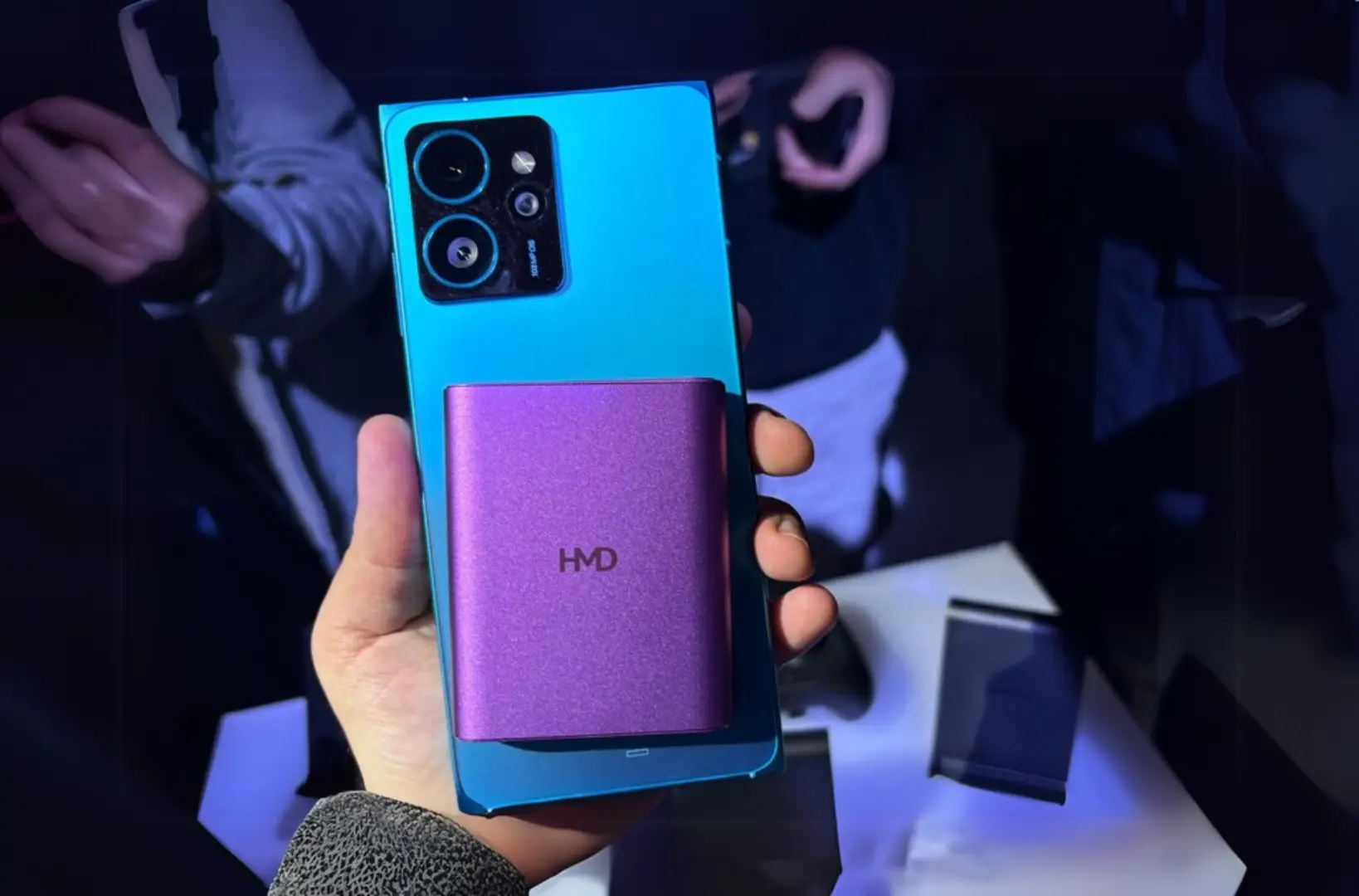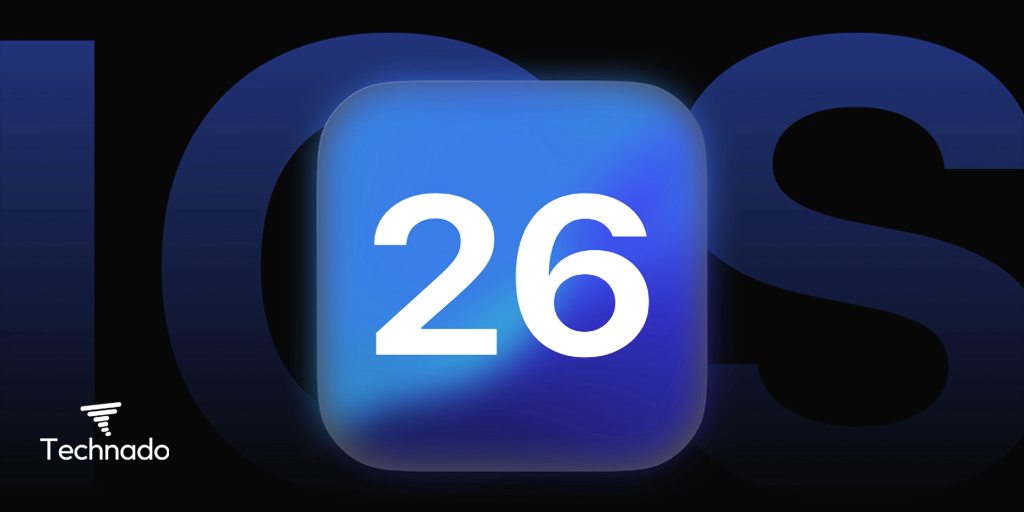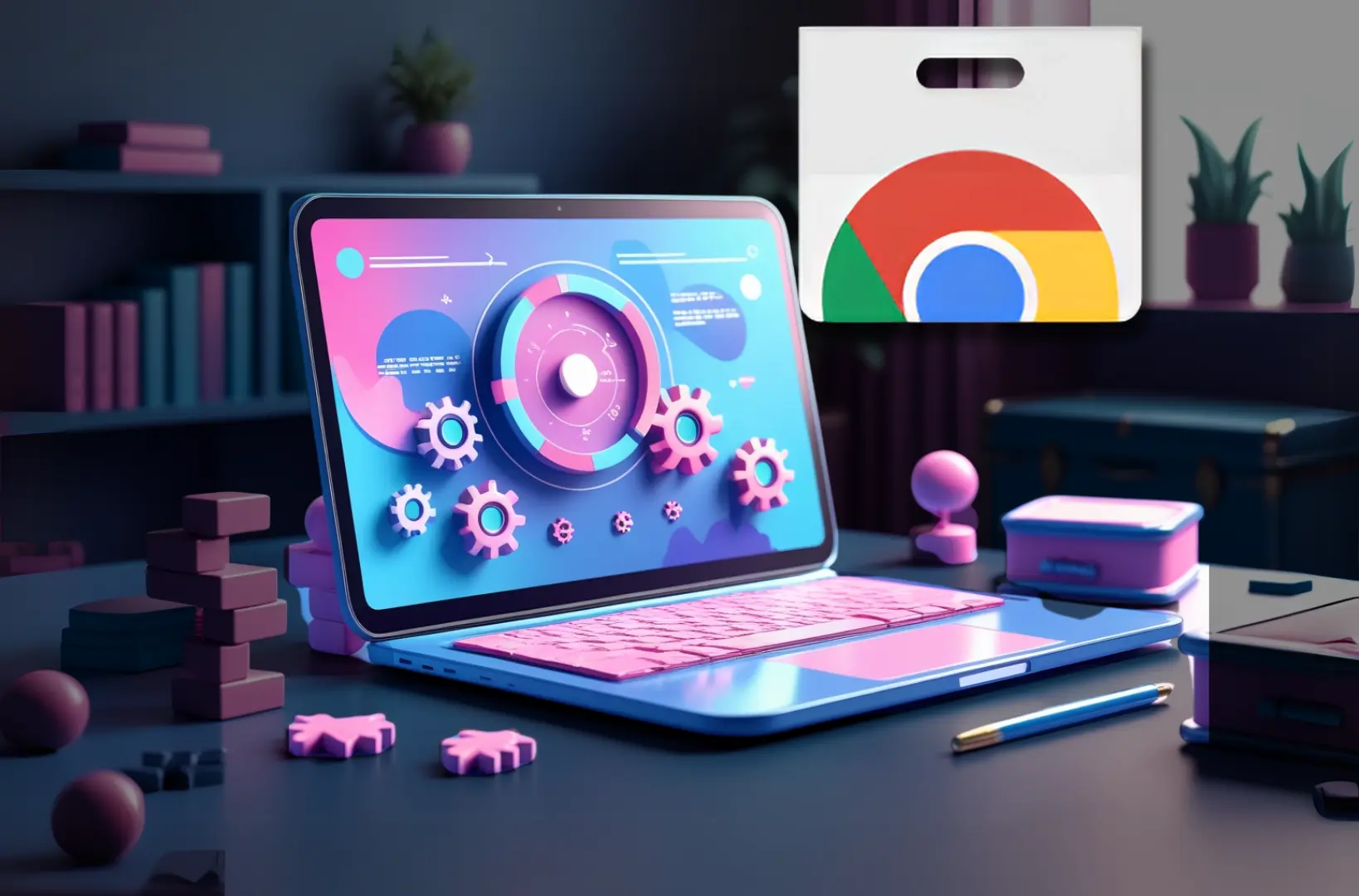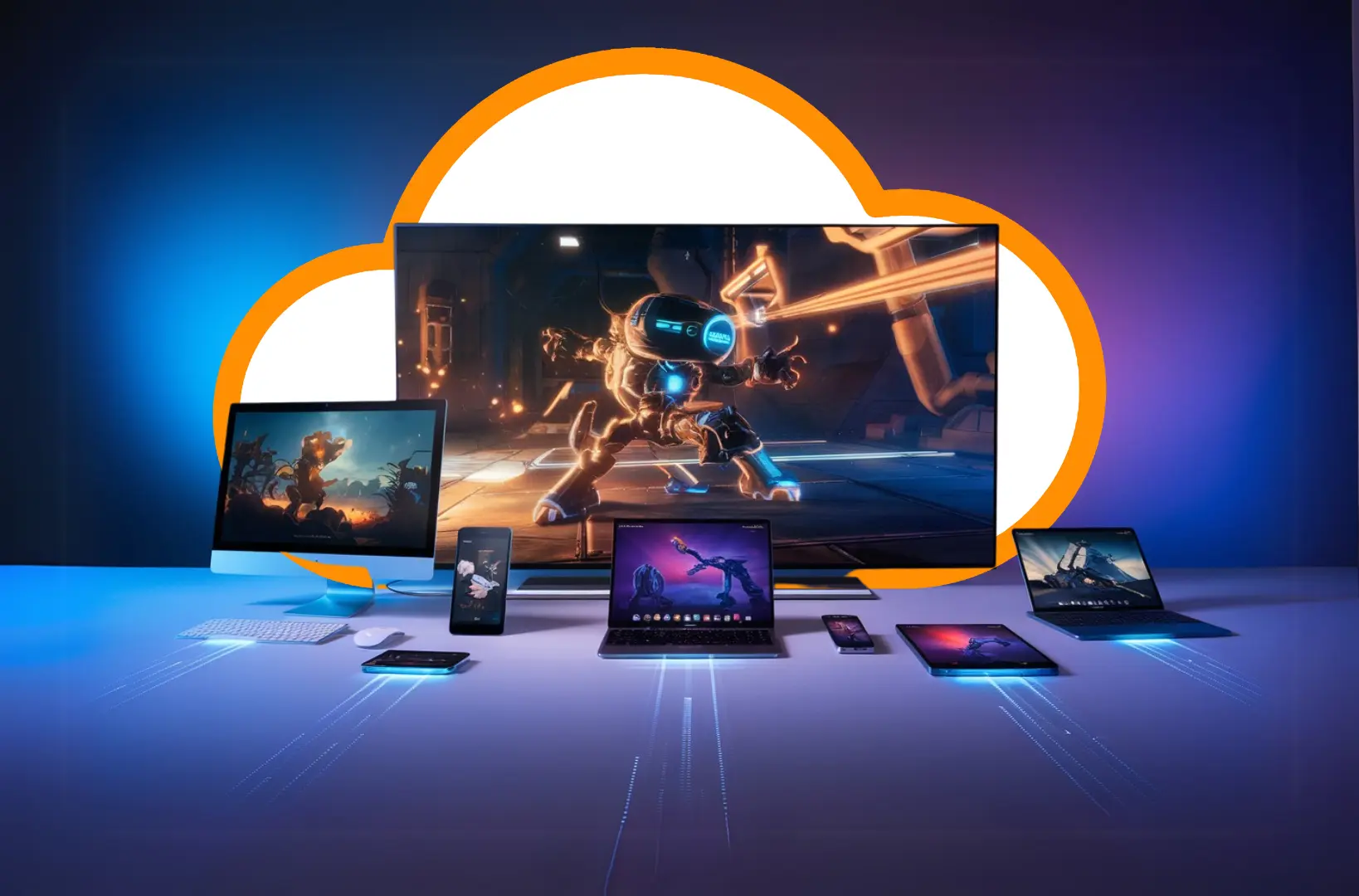The world of wireless audio has just received an exciting innovation, and it’s not just about sound quality. HMD Global, the company behind Nokia-branded phones, has unveiled a pair of wireless earbuds with a unique feature: the ability to charge your smartphone. Yes, you read that right—your earbuds can now serve as a power bank in a pinch.
This move by HMD is a bold step in redefining the functionality of everyday gadgets. While many companies focus purely on audio enhancements, HMD has recognized a growing need for multi-functionality in consumer tech, integrating power-sharing capabilities without compromising on audio performance.
A Revolutionary Feature for On-the-Go Users
Wireless earbuds have evolved significantly over the years, offering better sound, active noise cancellation, and longer battery life. However, HMD’s new offering takes innovation to another level by integrating reverse charging technology into the charging case. This means that if your phone is running low on battery, you can use the earbuds’ case to give it a quick top-up.
For tech enthusiasts, this feature is a significant leap in making accessories more than just single-purpose devices. The idea of an audio accessory doubling as an emergency power source aligns with the increasing demand for smarter, more versatile technology. Imagine being in the middle of an important call, only to realize that your phone’s battery is about to die. Instead of scrambling for a power bank or a wall outlet, you can simply connect your phone to your earbuds’ charging case and get that extra boost of power.
How Does It Work?
HMD’s new earbuds come with a charging case equipped with a built-in battery and a USB-C output port. By connecting your phone to the case, the stored energy transfers to your device, providing emergency power when needed. While it won’t fully recharge your phone, it’s enough to get you through a crucial moment.
The charging case itself can be recharged using a standard USB-C cable, making it easy to keep both your earbuds and your backup power source ready at all times. This concept is similar to power-sharing in flagship smartphones, like Samsung’s Wireless PowerShare, but in a much more compact and travel-friendly form.
A critical question many experts will ask is: how much power can these earbuds’ cases store? While exact battery specifications are yet to be revealed, most earbud cases house between 400mAh to 800mAh of battery capacity. If HMD’s case is on the higher end, users could expect an additional 20-30% charge for their smartphone—enough to last an extra hour or two in an emergency.
Balancing Audio and Power Efficiency
Despite this innovative feature, HMD ensures that the primary function of the earbuds—delivering high-quality audio—isn’t compromised. The earbuds are expected to feature:
- High-fidelity sound output for immersive listening experiences, potentially enhanced with aptX or LDAC codec support.
- Active Noise Cancellation (ANC) to provide an uninterrupted listening experience in noisy environments.
- Long battery life with the possibility of lasting up to 30-40 hours with the charging case.
HMD’s design choice also suggests a balance between energy efficiency and power-sharing. While the charging case provides an emergency battery boost, it won’t drastically deplete its own power reserves, ensuring that users can still enjoy uninterrupted music playback.
One potential challenge with this feature is power allocation. Will users have the option to limit how much charge is transferred to the phone? If HMD integrates smart charging settings, allowing users to set how much battery they want to share, it would further enhance the earbuds’ utility without compromising their core function.
Who Will Benefit the Most?
These earbuds are particularly appealing to:
- Frequent travelers who often find themselves away from power sources and need both music and emergency phone battery.
- Outdoor adventurers who rely on their phones for navigation, photography, or emergency calls.
- Busy professionals who can’t afford to have their phones die during crucial work hours.
- Tech enthusiasts who love cutting-edge innovations in everyday gadgets and appreciate the integration of multiple functionalities in a single device.
Additionally, for users who frequently carry power banks, this feature might offer a more lightweight alternative for emergency top-ups. Instead of carrying both a power bank and earbuds, a single charging case could serve both purposes.
How This Affects the Wireless Earbuds Market
The wireless earbuds market is already highly competitive, with Apple’s AirPods, Samsung’s Galaxy Buds, Sony’s WF series, and countless other brands offering cutting-edge features. The introduction of reverse charging is a strategic move by HMD to differentiate its product in a saturated market.
However, there are a few questions that need answers before we can determine how successful this innovation will be:
- Will it support fast charging? If the case provides only slow trickle charging, its usefulness in real-world situations may be limited.
- What is the battery trade-off? If enabling reverse charging significantly reduces the earbuds’ playback time, users may hesitate to use it frequently.
- How much will it cost? If HMD manages to keep these earbuds in the mid-range price segment, they could be a compelling purchase for a broad audience.
A Step Towards Smarter Accessories
HMD’s reverse-charging earbuds highlight an industry trend where everyday gadgets are becoming more versatile. This move sets a precedent for future wearables, where accessories are not just standalone devices but play a larger role in the overall mobile ecosystem.
With competition in the audio space intensifying, brands that introduce practical and innovative features stand to gain the most traction. If HMD can offer competitive pricing alongside this unique functionality, they may have a strong contender in the ever-growing wireless earbud market.
Additionally, this move raises an interesting possibility: could future wireless earbuds integrate wireless power-sharing? If HMD or other brands push this concept further, we might soon see earbuds that can charge devices wirelessly, eliminating the need for USB-C cables entirely.
Final Thoughts
HMD’s new earbuds aren’t just another pair of wireless audio devices; they represent a new wave of multi-functional accessories designed for modern-day convenience. The ability to charge your smartphone from your earbuds’ case may not seem like a massive feature at first glance, but for those who frequently find themselves in need of emergency power, it could be a game-changer.
As we wait for more details on pricing and availability, one thing is clear—HMD has once again proven that innovation in mobile accessories is far from over. Whether this feature will become a standard in future earbuds remains to be seen, but for now, it’s an exciting glimpse into the future of smart audio devices.
For tech enthusiasts and professionals alike, these earbuds represent a forward-thinking approach to consumer electronics. If executed well, they could redefine expectations for wireless audio accessories and inspire other brands to innovate in similar ways.
Suggested Reads:
Zeekr 007: Sub-10-Minute EV Charging with Golden Battery
Startup Tech Stack 2025: Your Ultimate Guide
Frontend Developer Roadmap 2025: Your Complete Guide

Burhan Ahmad is a Senior Content Editor at Technado, with a strong focus on tech, software development, cybersecurity, and digital marketing. He has previously contributed to leading digital platforms, delivering insightful content in these areas.







